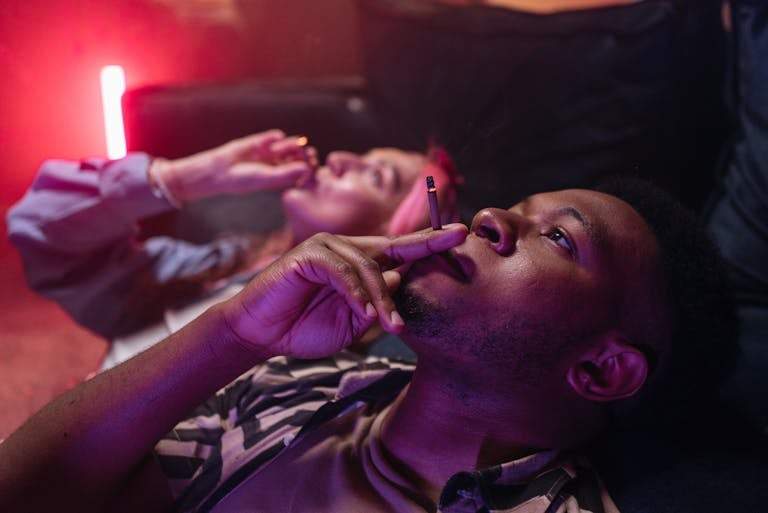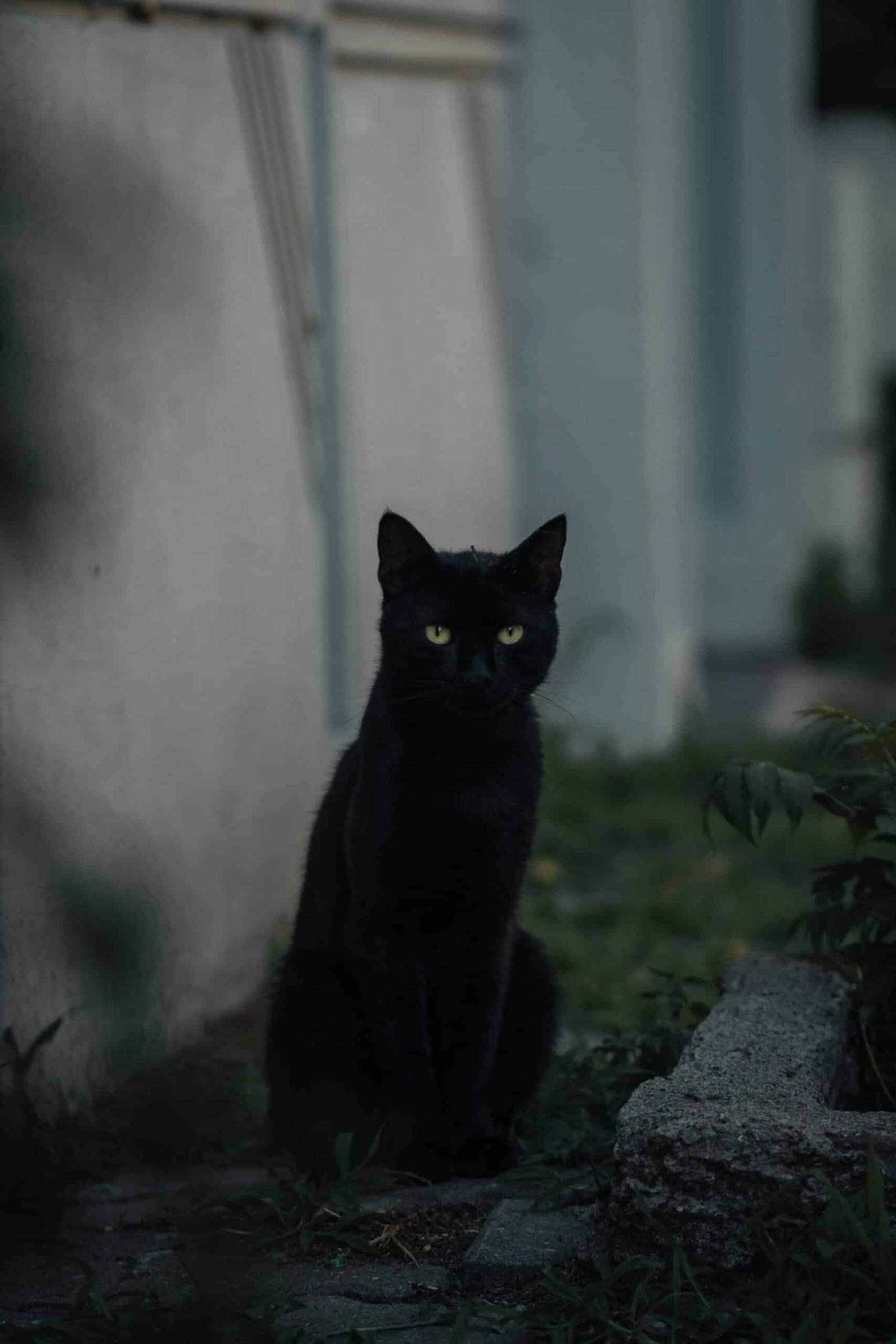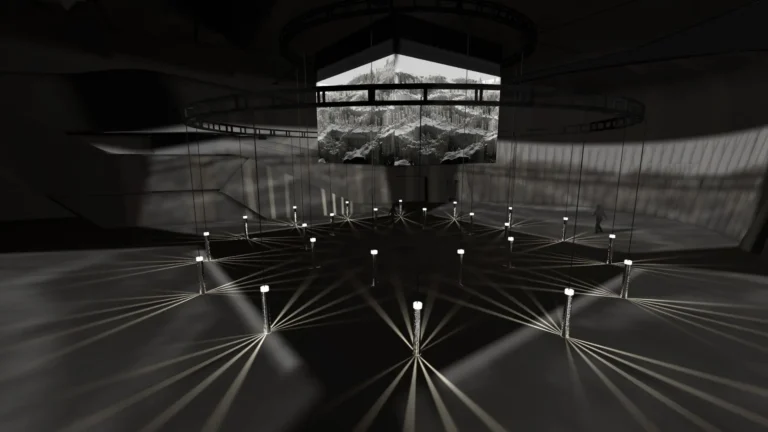The Last Supper: Bridging Art, Architecture, and Biblical Imagination
The concept of a divinely provided meal holds significant places in both Islamic and Christian traditions, each narrating events where a sacred meal symbolizes faith, community, and divine intervention. This article explores the depiction of these events the Quranic account of the heavenly table (Al-Ma’idah) and Leonardo da Vinci’s “The Last Supper” examining their narratives, artistic representations, and the interplay between historical imagination and artistic interpretation.
One striking aspect of Leonardo da Vinci’s “The Last Supper” is its meticulously crafted architectural setting, which plays a crucial role in the painting’s composition and symbolism. The perspective and spatial depth create an illusion of an extended dining hall, drawing the viewer into the scene as if they were present at the table. The room is structured with coffered ceilings, large rectangular panels on the walls, and three distinct windows in the background, allowing soft natural light to filter in. This interplay of light and shadow enhances the sense of realism, guiding attention toward the central figure of Jesus.
Interestingly, upon comparing this masterpiece to other depictions of the Last Supper, such as the fresco in the Church of Saint Sulpice in France or the Renaissance rendition in Belgium’s St. Peter’s Church, a shared emphasis on architectural framing and depth becomes evident. These artworks do not merely depict a meal; they craft a well-defined spatial environment—a dining hall with structured walls, vaulted ceilings, and open windows, reinforcing the grandeur and solemnity of the moment. This structured architectural backdrop not only enhances the painting’s realism but also emphasizes the sacred nature of the event, situating it in a space that mirrors the monastic refectories and grand ecclesiastical halls of Renaissance Europe.
Such artistic choices highlight how architecture within art serves as more than just a background; it actively shapes the narrative and emotional resonance of the scene. It also raises intriguing questions: Was the actual Last Supper held in a room resembling these depictions? How did Renaissance artists conceptualize and idealize the sacred spaces of biblical history? The alignment of architecture with divine moments in art reflects the broader Renaissance pursuit of harmonious proportions, perspective, and spatial storytelling, further bridging the realms of painting, architecture, and religious experience.
The Quranic Account: The Heavenly Table (Al-Ma’idah)
In the Quran, Surah Al-Ma’idah (The Table Spread), verses 112-115 recount the story of the disciples of Jesus (Isa) requesting a table spread with food from heaven:
“Said the disciples: ‘O Jesus, son of Mary! Can your Lord send down to us a table spread with food from heaven?’ Jesus said: ‘Fear Allah, if you are indeed believers.’ They said: ‘We wish to eat thereof and to satisfy our hearts, and to know that you have indeed told us the truth, and that we ourselves may be witnesses to the miracle.’ Jesus, the son of Mary, said: ‘O Allah, our Lord! Send us from heaven a table spread with food that it may be a feast for us for the first and the last of us and a sign from You; and provide for our sustenance, for You are the best Sustainer.’ Allah said: ‘I will send it down unto you; but if any of you after that resists faith, I will punish him with a penalty such as I have not inflicted on anyone among all the peoples.'” quran.ksu.edu.sa
Islamic scholars have debated the specifics of this event, including the nature of the food provided and the aftermath of the miracle. Some traditions suggest that the table bore a variety of foods, while others mention specific items like fish and bread. The narrative emphasizes themes of faith, divine provision, and the consequences of disbelief following clear signs.
Leonardo da Vinci’s “The Last Supper”
Leonardo da Vinci’s “The Last Supper,” painted between 1495 and 1498, is a renowned mural depicting Jesus Christ sharing a meal with his twelve apostles. This artwork captures the moment Jesus announces that one of them will betray him, a pivotal event in Christian theology. The painting is celebrated for its composition, use of perspective, and the detailed portrayal of the apostles’ reactions.
Da Vinci’s interpretation reflects the cultural and religious context of the Italian Renaissance, blending artistic innovation with theological themes. The arrangement of figures, the depiction of emotions, and the symbolic elements within the painting have been subjects of extensive analysis and interpretation.

Comparing the Narratives: Reality and Artistic Representation
While both accounts involve a significant meal shared among Jesus and his followers, there are notable differences:
- Purpose of the Meal:
- Quranic Account: The disciples request a heavenly meal to strengthen their faith and serve as a sign from God.
- Christian Account: The Last Supper is a Passover meal where Jesus establishes the Eucharist and foretells his betrayal.
- Divine Intervention:
- Quranic Account: The meal is miraculously provided by God in response to the disciples’ request.
- Christian Account: The meal is part of Jewish tradition, with Jesus imparting new significance to the bread and wine.
- Outcome:
- Quranic Account: The narrative serves as a test of faith, with warnings against disbelief after witnessing miracles.
- Christian Account: The Last Supper leads to Jesus’ crucifixion and the establishment of the Eucharist in Christian practice.
These differences highlight the distinct theological emphases within Islam and Christianity regarding divine signs, communal rituals, and the roles of Jesus and his disciples.
Artistic Imagination Across Time
Leonardo da Vinci’s portrayal of the Last Supper reflects a Renaissance interpretation of an event that occurred over 1,500 years prior. His work exemplifies how artists bridge temporal gaps, using contemporary techniques and cultural understandings to visualize historical or religious events.
Similarly, artistic representations of the Quranic account of the heavenly table, though less prevalent, would involve interpreting scriptural descriptions through the lens of the artist’s context. These creative endeavors require balancing textual fidelity with imaginative expression, allowing viewers to engage with the narratives in a tangible form.
The Intersection of Temporal Imaginations
The process of depicting ancient events involves a dialogue between past narratives and present understandings:
- Historical Context: Artists consider the original setting and cultural significance of the event.
- Contemporary Perspective: Artistic interpretations are influenced by the prevailing artistic styles, societal values, and theological interpretations of the artist’s time.
- Symbolism and Allegory: Artworks often incorporate symbols that resonate with both the historical narrative and contemporary audiences, creating layers of meaning.
This interplay allows art to serve as a bridge connecting different eras, enabling ongoing reflection and reinterpretation of foundational stories.
Conclusion
The narratives of the heavenly table in the Quran and the Last Supper in Christian tradition, along with their artistic representations, underscore the enduring significance of shared meals as symbols of faith, community, and divine-human interaction. Artists like Leonardo da Vinci have played a crucial role in visualizing these events, offering insights into how historical imaginations are shaped by and, in turn, shape artistic expression across time.







